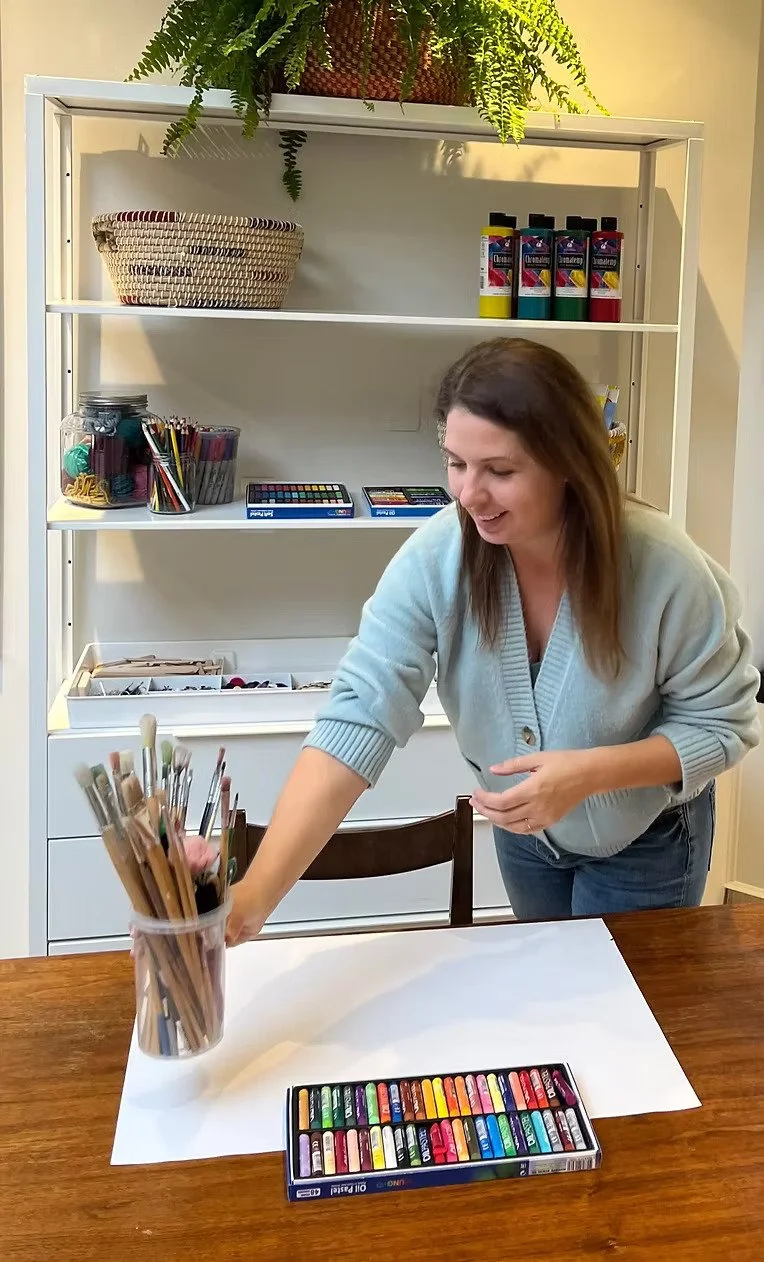A Creative Lifeline: How Art Therapy is Transforming Care for Young Transplant Patients
When words fail, art speaks. For children navigating the complex journey of organ transplants, art therapy isn’t just an activity-it’s a lifeline. At BC Children’s Hospital, Nicola Elischer, the hospital’s first-ever art therapist for the multi-organ transplant team, is carving out a space where children facing lifelong medical challenges can find empowerment, self-expression, and emotional relief-one brushstroke at a time.
Journey to Art Therapy
Nicola’s journey into art therapy began years ago when a professor sparked her fascination with the field. That dream remained on the back burner as she worked as a child life specialist, helping young patients cope with the challenges of hospitalization. But in 2019, she took the leap—training at the Vancouver Art Therapy Institute, launching her private practice, and ultimately stepping into a groundbreaking role at BC Children’s Hospital, where no art therapist had worked before.
Her role naturally evolved as she began subtly incorporating art into her sessions, allowing the hospital to witness firsthand the profound impact of creative expression. Recognizing its potential, the transplant team advocated for a dedicated art therapy program, and with generous foundation funding, Nicola now spearheads this pioneering initiative.
The Power of Art in Healing
For children with organ transplants, the emotional toll of frequent medical procedures, loss of control, and long hospital stays can be immense. Art therapy offers these young patients a safe space to process their emotions without the pressure of verbal communication. Whether through painting, sculpting, or creative play, they are given the freedom to express their fears, frustrations, and hopes in a way that feels natural to them. By giving them choice in a world where much is decided for them, art therapy restores a sense of agency and self-efficacy.
Supporting the Whole Family
The effects of chronic illness ripple far beyond the patient. Parents juggle constant caregiving demands, and siblings often feel overlooked. Nicola’s program extends support to these family members, too. Beyond supporting children, Nicola is also expanding her work to include parents and siblings, recognizing that an organ transplant affects the entire family. She has introduced virtual support groups, including Creative Rest sessions for caregivers, where music and art offer a much-needed escape from the relentless stress of managing their child’s medical needs-engaging their minds in a new, restorative way. Siblings, too, are given a dedicated space to process their emotions in virtual groups, as the organ transplant journey can often feel isolating and overwhelming for them.
The Challenges and Joys of Pioneering a Program
Starting a new program from scratch is no small feat. Nicola is navigating unknowns daily, figuring out what works and what doesn’t. “There’s a lot of trial and error,” she admits. She also acknowledges the challenges of scaling this program. With families scattered across BC and varying needs based on age and health status, accessibility remains a hurdle. But the magic moments- witnessing and supporting the child as they express their emotions and stories through art-make it all worth it.
“Those little moments remind me why I do this. The magic is in the art, in the connection, in the healing.”
A Vision for the Future
As Nicola puts it, “When given the right environment, people naturally orient toward healing.” This art therapy is not just about creativity and making things beautiful- it’s about making sense of what feels overwhelming, giving children and families a space to process, express, and navigate the unknown. While the program’s funding is currently set for two years, there’s hope that its profound impact will secure its place as a permanent part of pediatric transplant care.
Through art, presence, and attunement, Nicola is proving that healing isn’t just about survival-it’s about living fully, even in the face of medical adversity.




